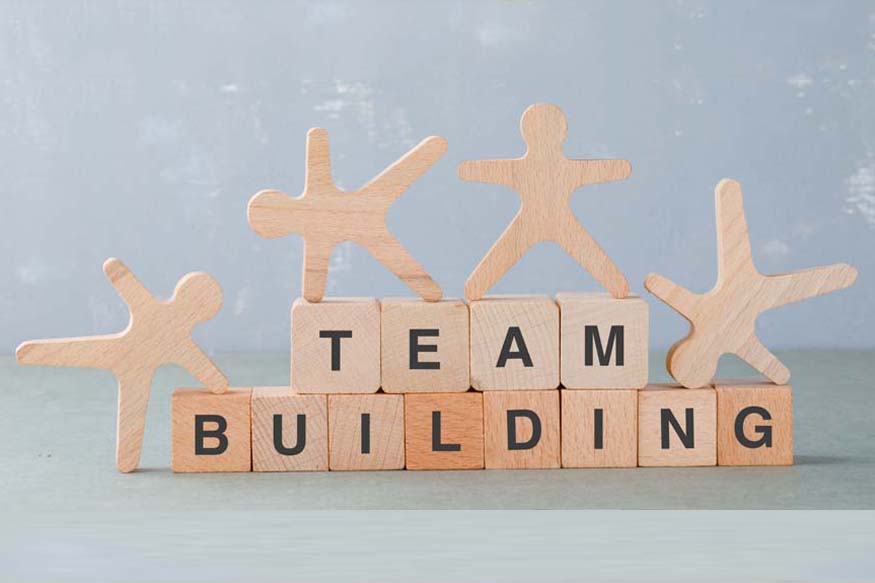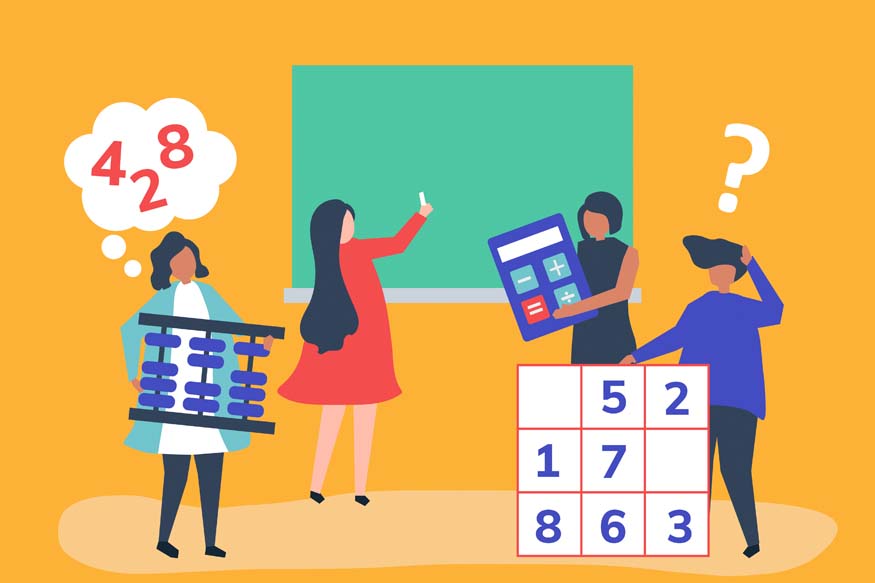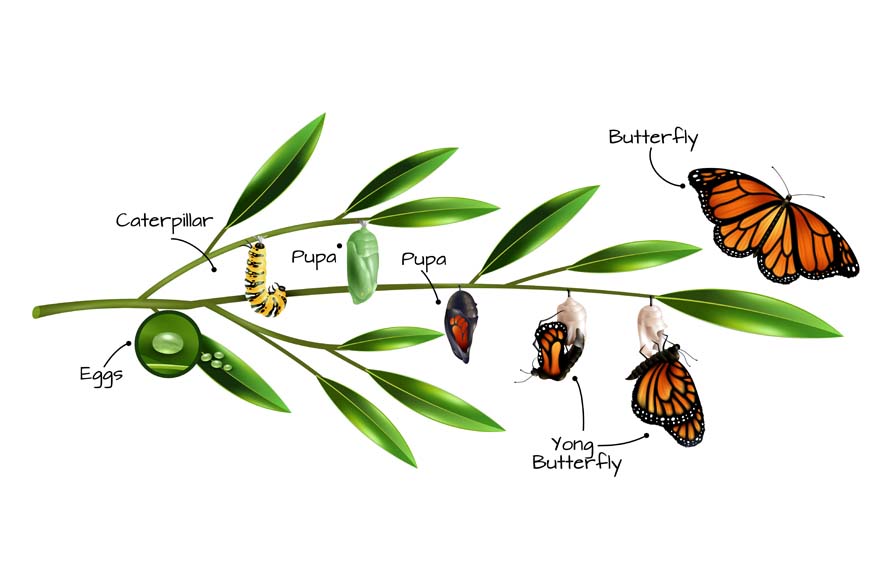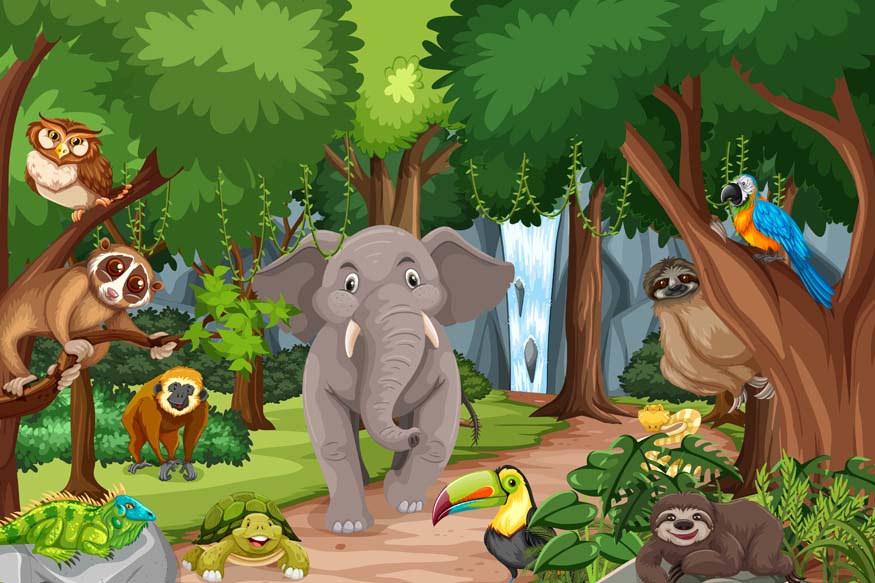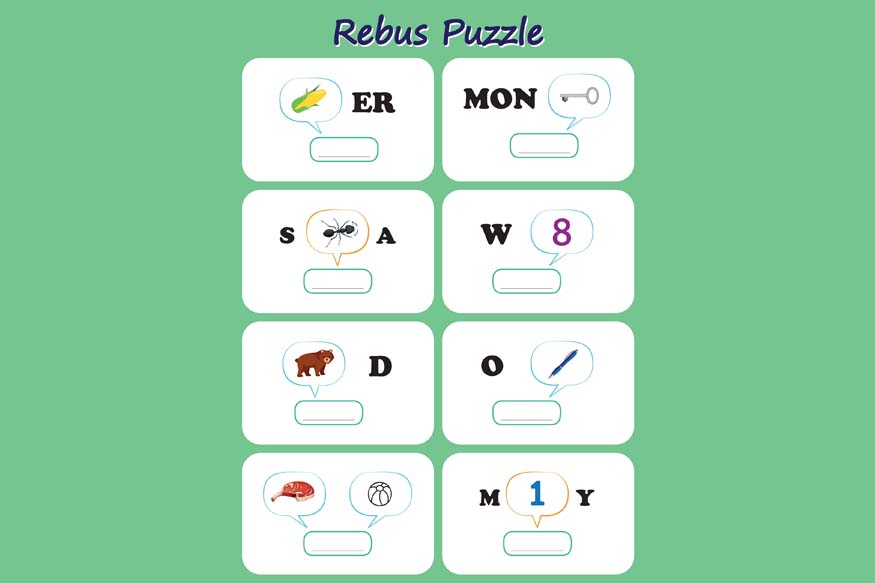Team building activities are an excellent way to help children develop a wide range of skills and attributes that contribute to their holistic growth. These activities encourage collaboration, and communication, and foster creativity, problem-solving, and leadership qualities. In a school environment, team-building exercises allow children to work together towards a common goal, teaching them important life skills while having fun. This blog explores various team-building activities that can contribute to the overall development of children.
Problem-Solving Challenges
One key benefit of team-building activities is their ability to enhance problem-solving skills. Activities that require children to work together to solve a challenge encourage them to think critically and creatively. These activities often require cooperation and compromise, which helps children understand the importance of teamwork to achieve a goal.
For example, a “building challenge” where children are given limited materials (such as paper, straws, and tape) to construct a tower or bridge can stimulate their creativity and problem-solving abilities. The success of the challenge depends on how well the team communicates and shares ideas, helping them realise the value of teamwork.
Outdoor Games for Physical Development
Physical activity is an essential part of holistic growth, and outdoor team-building games are a great way to promote both physical and social development. Games like “Capture the Flag,” relay races, or “Tug of War” encourage children to collaborate and use their physical strength as a team. These activities help improve motor skills, coordination, and overall fitness.
In addition to physical benefits, outdoor games help children develop a sense of teamwork and sportsmanship. Winning or losing as a team teaches them how to handle success and failure, which is an important lesson in resilience.
Trust-Building Exercises
Trust is an essential element of any successful team. Trust-building activities can help children learn how to rely on their teammates and develop confidence in others. These exercises often require one child to put their trust in another, creating an environment where cooperation and mutual support are key.
An example of a trust-building activity is the “Blindfold Challenge.” In this activity, one child is blindfolded, and their teammate has to guide them through an obstacle course using only verbal instructions. This teaches the children to communicate clearly and trust each other to succeed. By completing such challenges, children learn that trusting others and being trustworthy themselves is crucial in team dynamics.
Creative Group Projects
Team building is not limited to physical activities; creative group projects can also foster important skills. Activities such as collaborative art projects or writing stories together encourage children to use their imagination while learning how to share ideas and responsibilities. These types of projects help children develop a sense of ownership and pride in the final product, which they have created as part of a team.
As a part of this activity, children can work together to create a mural or a large piece of art that represents a theme, such as friendship or nature. Each child can contribute a part of the artwork, and the team can work together to decide on colours, shapes, and placement. This helps children appreciate the value of different perspectives and the importance of working together to achieve a shared goal.

Leadership Activities
Leadership is an important skill that can be developed through team-building activities. By giving children the chance to lead their peers, they can learn how to make decisions, motivate others, and take responsibility for the outcome of a task. Leadership activities can rotate leadership roles so that every child gets the opportunity to experience being a leader.
An example of a leadership-focused activity is “Group Puzzle Solving,” where each team is given a set of puzzle pieces but lacks the full picture to solve it. A leader is chosen to coordinate the team’s efforts, assigning tasks and encouraging cooperation to complete the puzzle. This allows children to practice decision-making and delegation while developing a sense of accountability.
Collaborative Storytelling
Collaborative storytelling is a fun and creative way to encourage teamwork and communication. In this activity, children sit in a circle, and one child starts a story with a sentence. The next child adds another sentence to continue the story, and this process repeats around the circle. The aim is to build a cohesive narrative that everyone has contributed to.
This activity helps children improve their listening skills as they need to pay attention to what their peers are saying to keep the story consistent. It also stimulates their imagination and encourages creativity, as each child must come up with a new twist or idea to continue the story.
Problem-Based Learning
Problem-based learning activities encourage children to work as a team to solve real-world issues or challenges. These activities promote critical thinking, research, and collaboration, all of which are essential for holistic development. An example of this could be a team project where children work together to create a solution for an environmental issue, such as reducing plastic waste at school.
Through problem-based learning, children learn how to approach complex problems and develop solutions through teamwork. They also become more aware of global issues, helping them build empathy and a sense of responsibility towards their community and the world.
Communication and Active Listening Exercises
Effective communication is key to successful teamwork and activities that focus on communication and active listening can help children develop these skills. One such activity is “Telephone,” where children sit in a circle and one child whispers a sentence into the ear of the child next to them. The sentence is passed around the circle, and by the end, it’s often completely different from the original.
This activity teaches children the importance of clear communication and active listening, as they see how easily information can become distorted if not communicated properly. It also encourages laughter and fun, making it an enjoyable way to learn a valuable lesson about teamwork.
Problem Solving through Drama
Drama activities are excellent for fostering creativity, empathy, and teamwork. Through role-playing and drama games, children learn how to work together, communicate effectively, and understand different perspectives. One popular activity is “Improvisation,” where children are given a scenario and must work together to act it out without prior planning.
Improvisation encourages children to think on their feet and trust their teammates to support them in their performance. This type of activity builds confidence, enhances social skills, and encourages a sense of community among the participants.
Conclusion
Team building activities are crucial for fostering the holistic growth of children, helping them develop essential skills such as problem-solving, communication, leadership, and creativity. These activities encourage children to work together, trust one another, and appreciate the value of teamwork. As they engage in different team-building exercises, children gain confidence, improve their social interactions, and learn important life lessons that extend beyond the classroom.
At Centre Point School (CPS), team building is an integral part of the school’s approach to holistic education. CPS believes that fostering teamwork and collaboration prepares students not only for academic success but also for their future roles in society. Through various team-building activities, CPS nurtures well-rounded individuals who are equipped with the skills they need to thrive in an ever-changing world.

